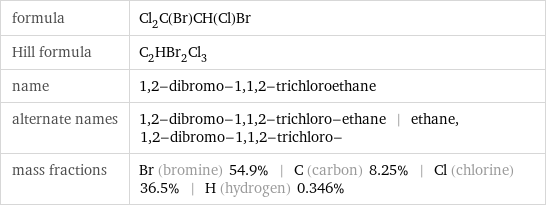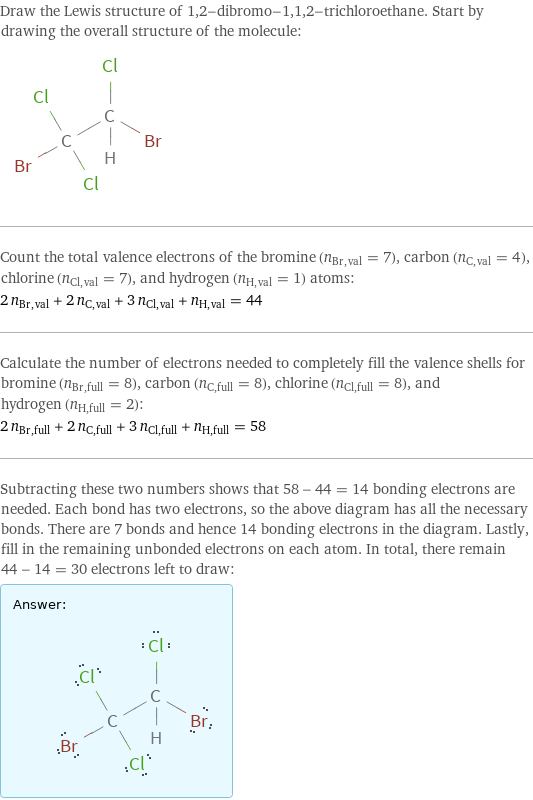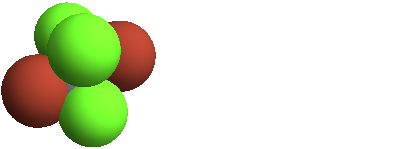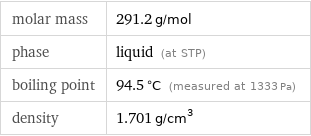Input interpretation

1, 2-dibromo-1, 1, 2-trichloroethane
Chemical names and formulas

formula | Cl_2C(Br)CH(Cl)Br Hill formula | C_2HBr_2Cl_3 name | 1, 2-dibromo-1, 1, 2-trichloroethane alternate names | 1, 2-dibromo-1, 1, 2-trichloro-ethane | ethane, 1, 2-dibromo-1, 1, 2-trichloro- mass fractions | Br (bromine) 54.9% | C (carbon) 8.25% | Cl (chlorine) 36.5% | H (hydrogen) 0.346%
Lewis structure

Draw the Lewis structure of 1, 2-dibromo-1, 1, 2-trichloroethane. Start by drawing the overall structure of the molecule: Count the total valence electrons of the bromine (n_Br, val = 7), carbon (n_C, val = 4), chlorine (n_Cl, val = 7), and hydrogen (n_H, val = 1) atoms: 2 n_Br, val + 2 n_C, val + 3 n_Cl, val + n_H, val = 44 Calculate the number of electrons needed to completely fill the valence shells for bromine (n_Br, full = 8), carbon (n_C, full = 8), chlorine (n_Cl, full = 8), and hydrogen (n_H, full = 2): 2 n_Br, full + 2 n_C, full + 3 n_Cl, full + n_H, full = 58 Subtracting these two numbers shows that 58 - 44 = 14 bonding electrons are needed. Each bond has two electrons, so the above diagram has all the necessary bonds. There are 7 bonds and hence 14 bonding electrons in the diagram. Lastly, fill in the remaining unbonded electrons on each atom. In total, there remain 44 - 14 = 30 electrons left to draw: Answer: | |
3D structure

3D structure
Basic properties

molar mass | 291.2 g/mol phase | liquid (at STP) boiling point | 94.5 °C (measured at 1333 Pa) density | 1.701 g/cm^3
Units

Liquid properties (at STP)

density | 1.701 g/cm^3 refractive index | 1.569
Units

Chemical identifiers

CAS number | 13749-38-7 PubChem CID number | 114562 PubChem SID number | 24877997 SMILES identifier | C(C(Cl)(Cl)Br)(Cl)Br InChI identifier | InChI=1/C2HBr2Cl3/c3-1(5)2(4, 6)7/h1H MDL number | MFCD00018841
Safety properties

flash point | 110 °C